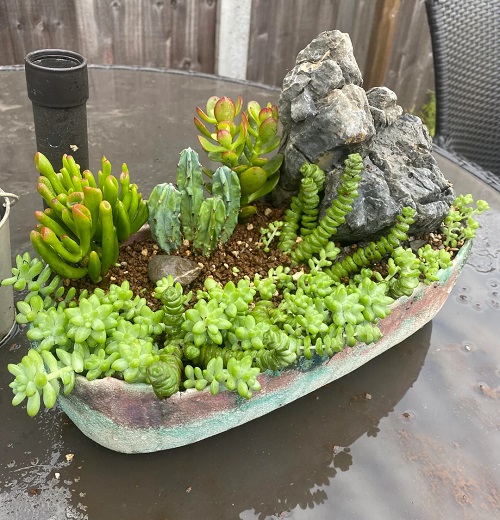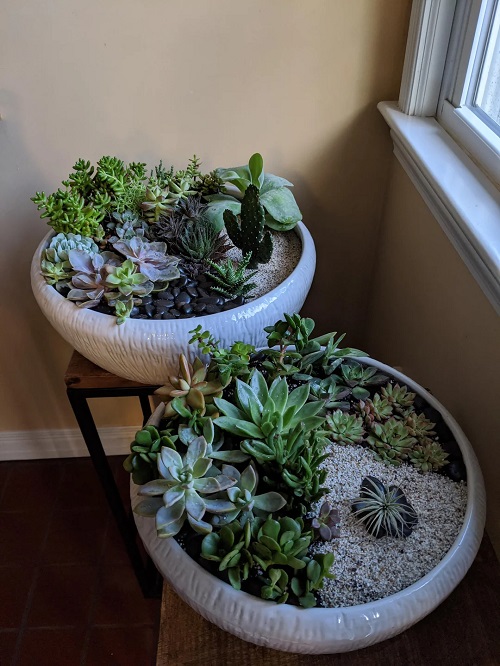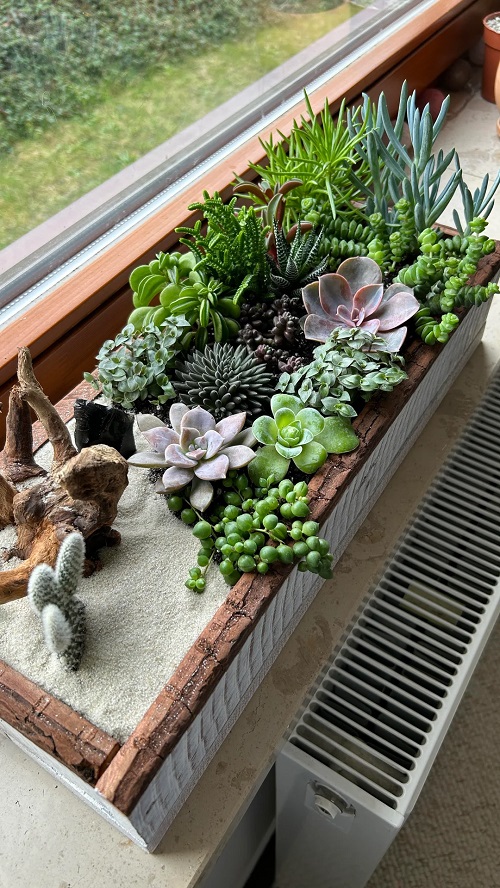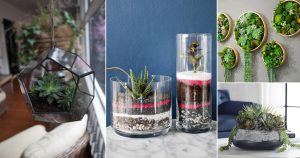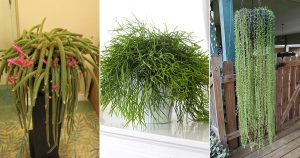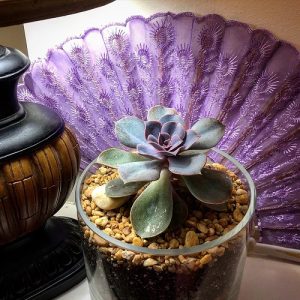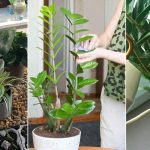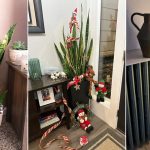Creating an Indoor Succulent Garden is easy and fun when you know how to do it the right way! Here are all the details you need!
Well, creating an Indoor Succulent Garden is the best way to truly showcase the beauty of succulents that simply look fabulous when you plant them together. Plus, when it comes to watering and caring for succulents, you don’t need to worry much as they store water in their leaves so they don’t show you the tantrums regarding it. Now, let’s learn what it actually needs to grow nicely!
Choosing a Container for Creating an Indoor Succulent Garden
Be creative for starting an indoor succulent garden, as these plants come in a range of shapes and sizes. Purchase bright and colorful planters with sufficient drainage holes in the bottom—this will prevent root rot because succulents cannot withstand soggy soil for long. You can opt for terracotta or clay pots, as they soak moisture fast and dry out the soil quickly. Try using containers with sections to create a more interesting look, letting each succulent stand out.
Note: You should make sure that your container is clean before use to prevent any disease or pests from affecting your succulents.
Selection of Succulents to Plant Together
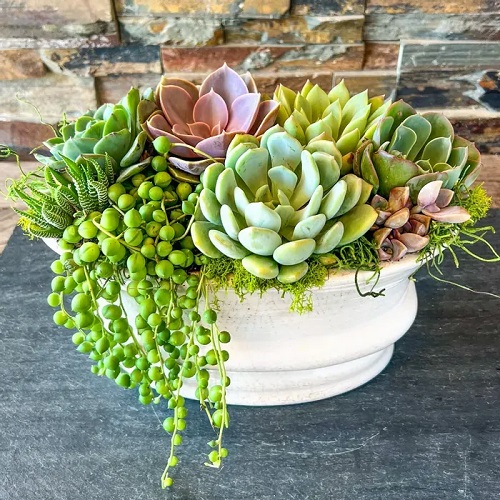
While choosing the plants for an indoor succulent garden, go for intricate shapes, textures, and colors of foliage. These plants also come in colorful varieties and some also flower. You can also pick black, pink, and red succulents. They also come in interesting shapes and also with heart-shaped leaves! You can grow aloe, aeonium, echeveria, haworthia, and flowering cactus too. Add some lip-like and crystal clear succulents such as Lithops or Senecio rowleyanus (string of pearls) for extra unique variety.
Arrange plants by placing tall plants as a focal point (thriller) with a few short ones (fillers) and some cascading or trailing over the side of the container (spillers).
How to Create an Succulent Garden Indoor
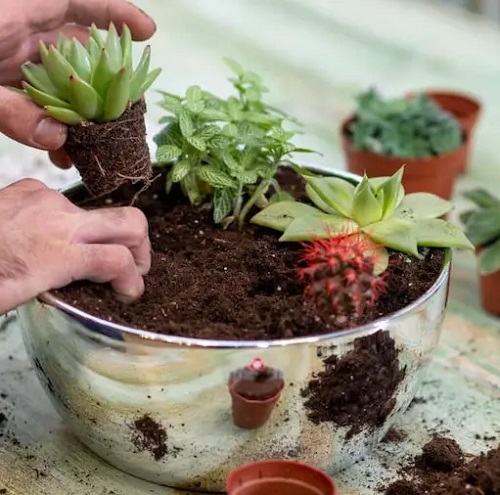
Add Soil
If your planter has large holes, then cover them with a drainage net before adding soil; you can use landscaping fabric or window screen as well. This will control the soil from draining out from the holes and still allow the water to drain.
After that, fill the pot about halfway with soil, you can buy the succulent mix from garden centers or make your own. You can also mix in a bit of slow-release fertilizer or compost to give your succulents extra nutrients.
Precaution: Avoid using regular garden soil as it retains too much moisture and can lead to root rot.
Pot the Plants
- Arrange each plant in the container in a visually pleasing manner; you can crowd plants together as it is preferred in the case of succulents to snuggle them closely.
- You can arrange plants by locating the tallest plant in the center as a focal point and add the fillers (small plants) around it. Instead of setting the focal point in the center, you can move it to one side as well; it will look more interesting. But, when handling them, be gentle to avoid breaking their fragile leaves.
- Now, add cascading plants around the sides of the planter; they will spill out beautifully and add a new dimension to the overall look.
- Lastly, cover the roots, pack down the soil and make sure succulents are comfortable in their new home. Decorate and cover the topsoil with a layer of gravel, river rocks, or sand. This layer will work as a drainage layer that will impede moisture away from the base of the plant and reduce the chances of rot. Adding little decorations like seashells or small figurines can make your garden look even nicer.
Water the Container
Water gently and allow the soil to settle properly, fill the gaps or holes with soil as required. The key rule of maintaining the succulents is to water occasionally and rotate the plant to encourage plant growth on every side. Keep in mind that underwatering is much better than overwatering. Make a watering schedule according to your indoor conditions; watering not more than once a week will be a better idea, or the interval can be every two weeks or longer when plants are not in an active growth phase.
Position
If you created a tray garden in warm months, you could locate it in a brighter area where it will get enough indirect light for 4-6 hours. Commonly, avoid low-light areas as it will result in weak growth. Also, keep rotating the container a quarter or half turn every couple of weeks. If there’s not enough natural light, you can use a grow light to help your succulents grow well.
Fact: Succulents can tolerate a range of temperatures, but most prefer temperatures between 55-100°F (13-38°C).
Maintenance
Check for pests like mealybugs and spider mites regularly, and get rid of them quickly if you see any. Also, trim any dead leaves to keep your succulents healthy and looking good.
To get rid of pests, you can use a cotton swab dipped in rubbing alcohol to gently wipe the affected areas. For a more natural solution, try using neem oil mixed with water and a few drops of dish soap, spraying it on the pests.
Final Words!
Succulents are not only adorable but also low-maintenance and easy to care for! Give it a try and enjoy the beauty of these unique plants in your space! We’d love to hear about your indoor succulent garden experiences! Feel free to share your tips, tricks, and any questions you have in the comments below.

